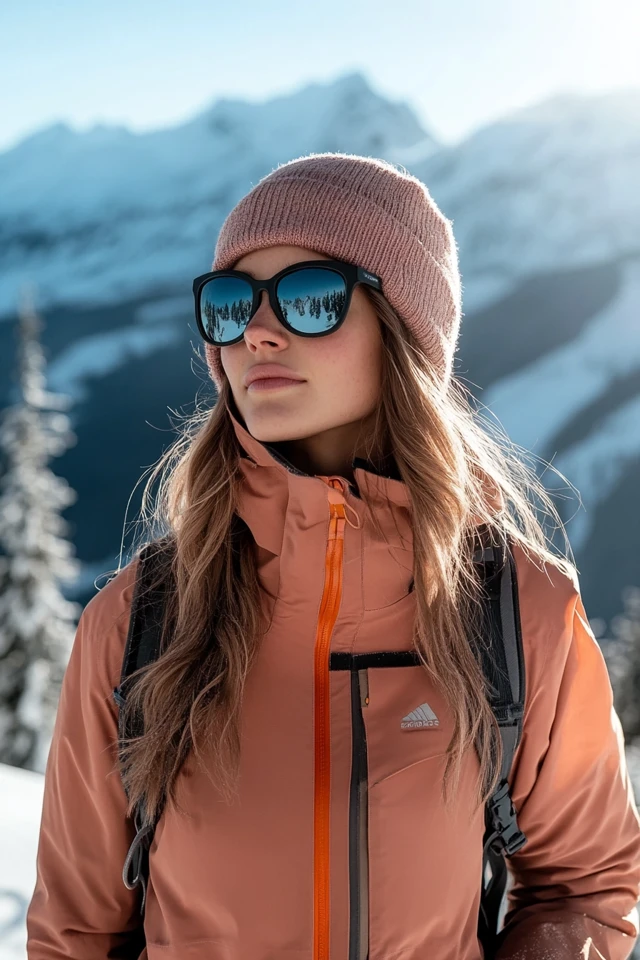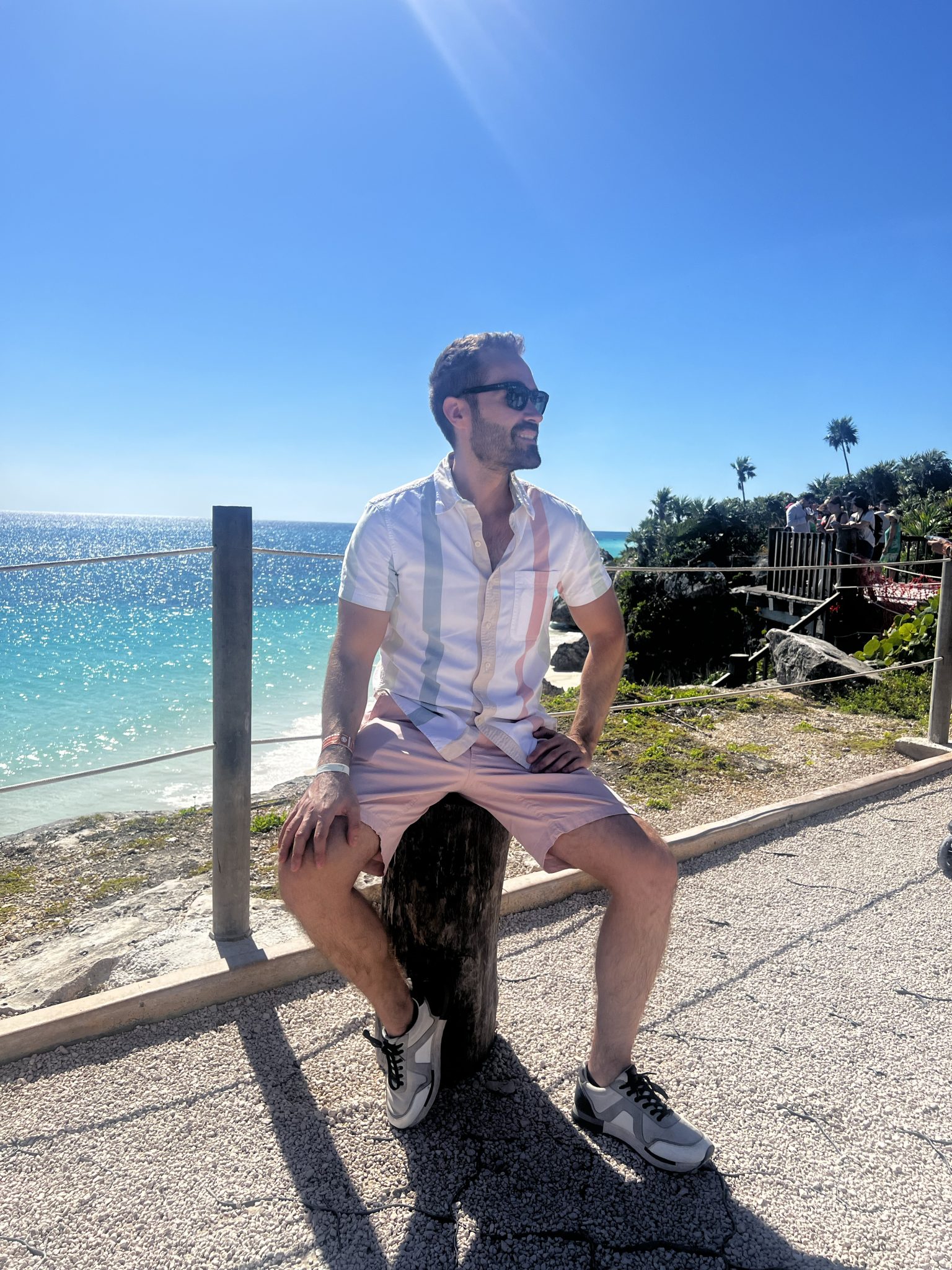Introduction
When it comes to layering for snow-filled adventures, choosing the right base layer can make or break your comfort level. Whether you’re skiing, snowboarding, or simply trekking through snowy trails, breathable base layers are a must for staying warm and dry. They wick away sweat, regulate body temperature, and provide the perfect foundation under your snow gear.
I learned the importance of quality base layers during my first snowshoeing experience. I wore a cotton shirt, thinking it would suffice, but within an hour, it was soaked and freezing against my skin. That day, I vowed never to underestimate the power of a good base layer. Switching to moisture-wicking merino wool transformed my snowy outings into enjoyable, cozy experiences.
About the Author and My Trend Boutique
In this post, we’ll explore why breathable base layers are essential for cold-weather activities, what features to look for, and how to style and care for them for optimal performance.
Foundational Concepts
Why Are Base Layers So Important for Snowy Conditions?
Base layers serve as the foundation of your winter layering system. They’re designed to:
- Wick Moisture: By pulling sweat away from your skin, base layers keep you dry and prevent the cold, clammy feeling that comes with damp clothing.
- Regulate Temperature: Lightweight yet insulating, base layers help maintain your body’s warmth without overheating.
- Provide Comfort: Soft, stretchy fabrics ensure a snug fit without restricting movement, making them ideal for active snow sports.
- Enhance Performance: By keeping your body dry and warm, base layers improve your stamina and comfort during outdoor activities.
Material Matters
Best Fabrics for Breathable Base Layers
Not all base layers are created equal. Here’s a breakdown of the best fabrics for sweaty warmth in snowy conditions:
- Merino Wool:
- Benefits: Natural moisture-wicking, odor resistance, and excellent insulation even when wet.
- Best For: Cold weather activities like skiing or snowboarding.
- Synthetic Blends (Polyester, Nylon):
- Benefits: Lightweight, quick-drying, and durable. Often combined with spandex for added stretch.
- Best For: High-intensity activities where sweat production is higher.
- Bamboo-Based Fabrics:
- Benefits: Soft, breathable, and eco-friendly with natural odor resistance.
- Best For: Mild to moderate cold conditions or those with sensitive skin.
- Silk:
- Benefits: Lightweight and luxurious with moderate moisture-wicking properties.
- Best For: Low-intensity activities or layering under casual snow gear.
Fabrics to Avoid
Avoid cotton at all costs—it absorbs moisture and dries slowly, leaving you cold and uncomfortable in snowy conditions.
Layering for Success
How to Layer Base Layers Effectively
- Start with a Snug Base Layer: Ensure it fits close to your skin to effectively wick moisture.
- Add an Insulating Mid-Layer: Fleece or down jackets trap heat while allowing breathability.
- Top with a Waterproof Outer Layer: Protect yourself from snow, wind, and rain with a shell jacket or snow gear.
Color Psychology & Emotional Impact
Choosing Colors for Your Base Layers
While base layers are often hidden, choosing a color or pattern you love can boost your confidence and mood:
- Neutrals (Black, Gray, Navy): Timeless and versatile, these shades pair seamlessly with any snow gear.
- Bright Colors (Red, Teal, Orange): Add a pop of energy and vibrancy to your look, even under layers.
- Earthy Tones (Olive, Rust, Taupe): Evoke a sense of connection to nature, perfect for outdoor adventures.
- Playful Patterns: Stripes, geometric designs, or florals add personality and fun to your outfit.
Personal Style & Fit Considerations
Finding the Perfect Fit
When it comes to base layers, fit is everything. Here’s how to choose the right one for your body type:
- Petite Frames: Opt for base layers with a slim cut and shorter inseams to prevent bunching.
- Curvy Figures: Look for stretchy, seamless designs that contour your shape without feeling restrictive.
- Athletic Builds: Choose compression-style base layers for added support and muscle recovery.
- Tall Frames: Long-sleeved options with extended lengths ensure full coverage for taller individuals.
Picture Gallery

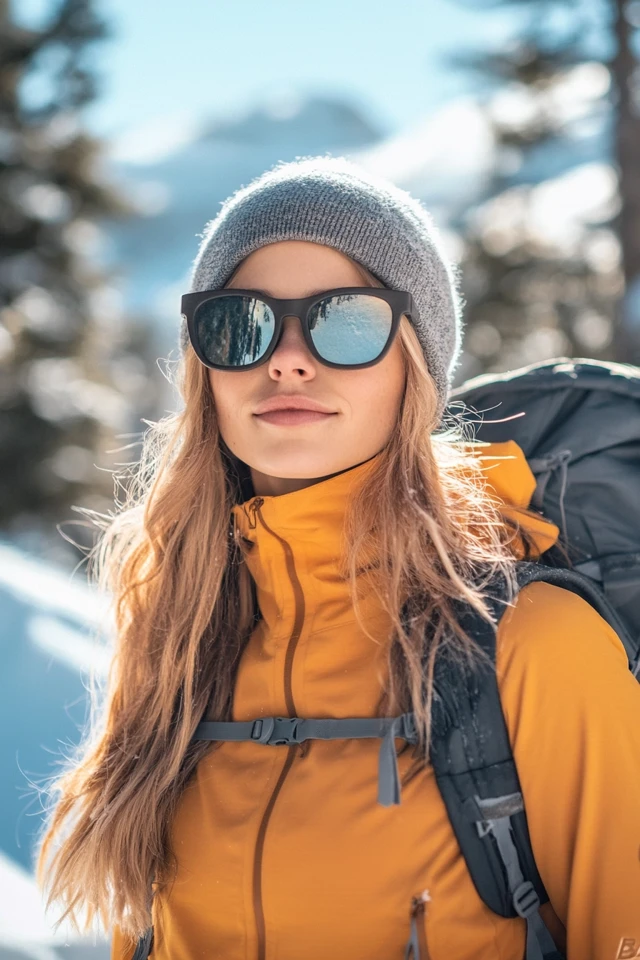
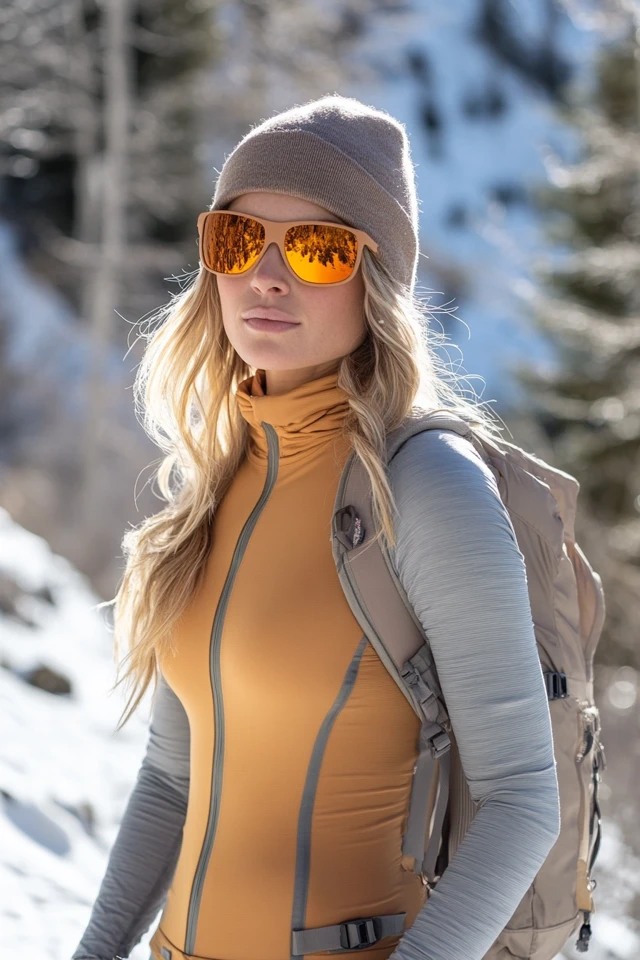
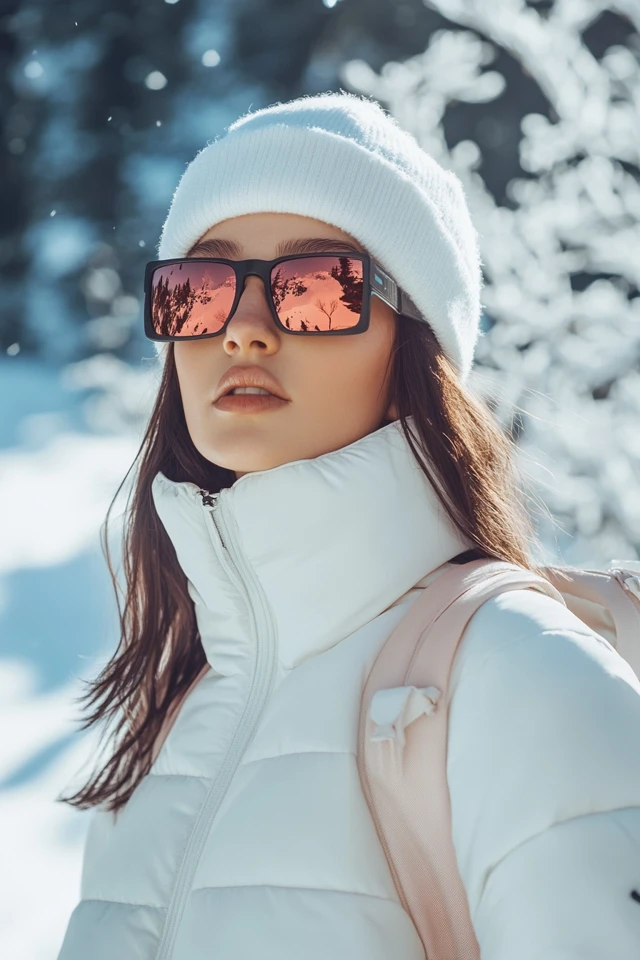
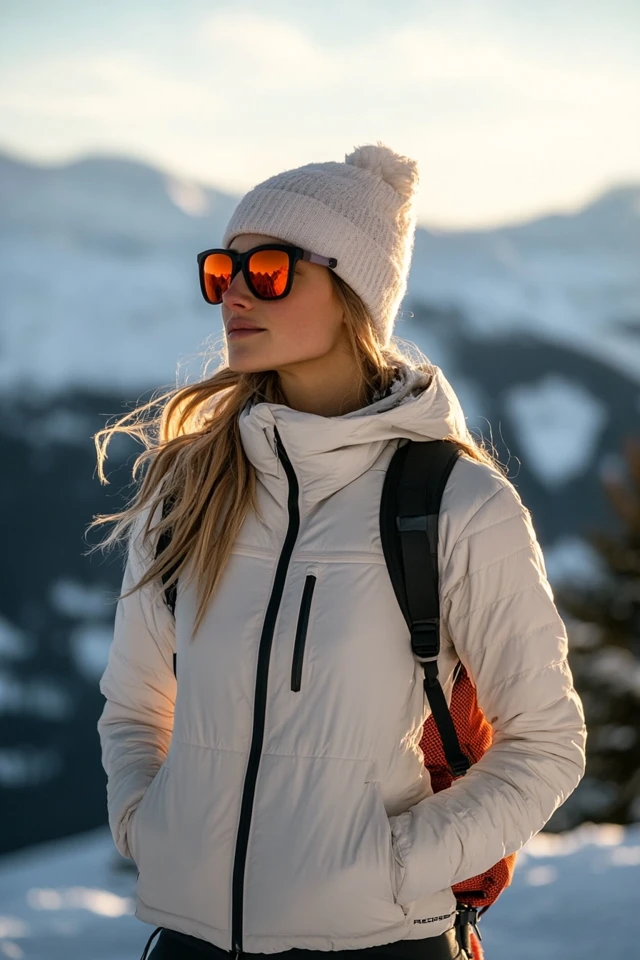
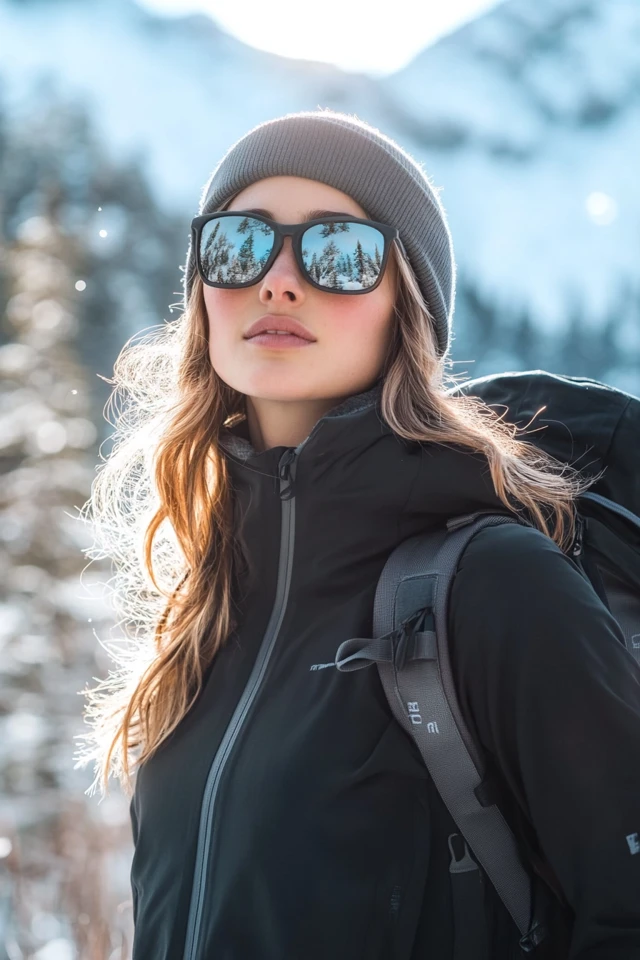
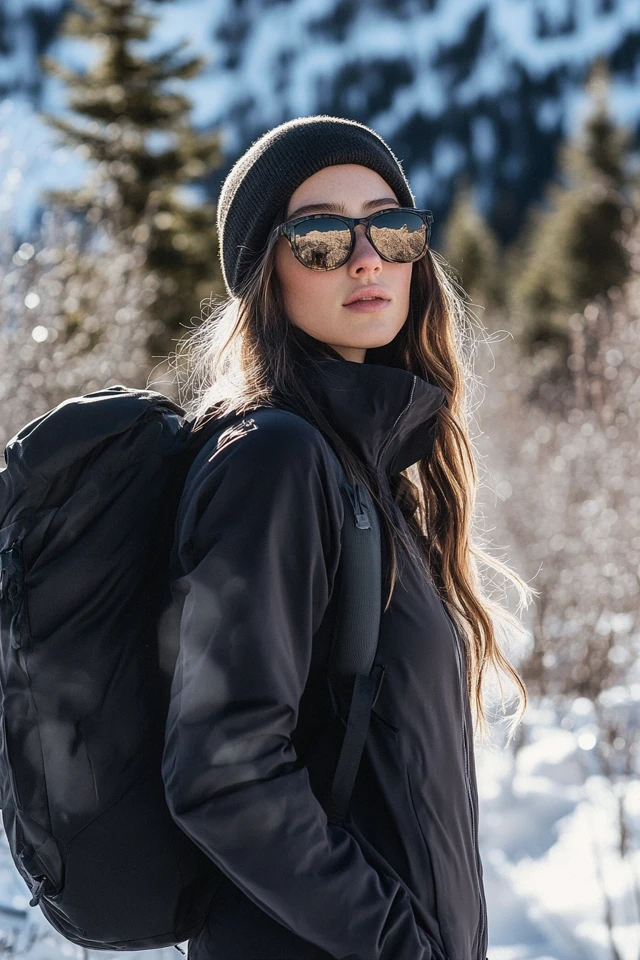
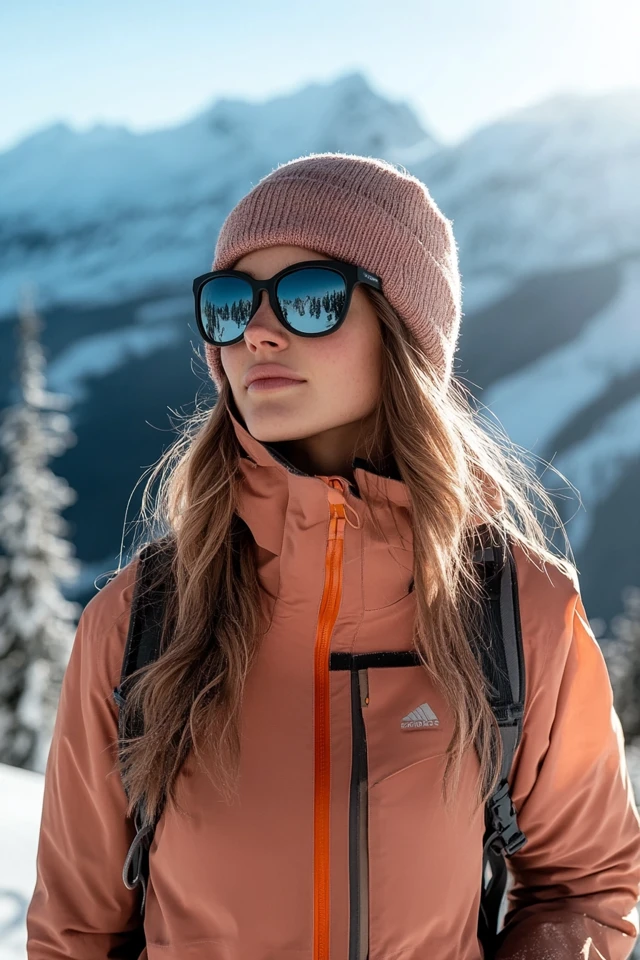
Current Trends & Timeless Classics
Trending Features in Base Layers
- Seamless Construction: Reduces chafing and provides a smooth fit under snow gear.
- Compression Fit: Offers muscle support and improves circulation during intense activities.
- Integrated Ventilation Zones: Strategically placed panels enhance breathability and temperature regulation.
- Eco-Friendly Options: Base layers made from recycled or sustainable materials are gaining popularity.
- Coordinated Sets: Matching tops and bottoms create a cohesive, stylish look under your gear.
Balancing Trends with Classics
While trends are exciting, investing in classic designs made from high-quality materials ensures your base layers will remain functional and versatile for years to come.
Practical Tips & Recommendations
Caring for Your Breathable Base Layers
- Washing: Follow the care label instructions. Use cold water and a gentle detergent to maintain moisture-wicking properties.
- Drying: Air-dry your base layers to prevent shrinking or damaging the fibers.
- Storage: Fold neatly in a drawer or hang in a cool, dry place to keep them fresh and ready for use.
FAQs
1. How many base layers do I need for a snowy trip?
For multi-day trips, bring at least two sets so you can rotate and wash them as needed.
2. Can I wear base layers on mild winter days?
Absolutely! Lightweight base layers are versatile enough for mild conditions or even as standalone loungewear.
3. Should base layers feel tight?
Yes, base layers should fit snugly to wick moisture effectively, but they shouldn’t feel restrictive.
4. Can base layers replace other layers?
Base layers are designed to complement insulating and waterproof layers, not replace them. Use them as part of a complete layering system.
5. Are base layers necessary for non-sport activities?
Yes! Whether you’re shoveling snow or enjoying a winter walk, base layers keep you warm and comfortable.
Conclusion
Breathable base layers are the unsung heroes of winter wear, ensuring you stay warm, dry, and comfortable under your snow gear. Whether you’re hitting the slopes or exploring snowy trails, investing in high-quality base layers tailored to your needs makes all the difference.
Choose fabrics and fits that suit your activity level and style, and don’t forget to care for your base layers to keep them performing at their best. I’d love to hear about your favorite base layers and how they’ve transformed your snowy adventures—share your tips in the comments below! Here’s to staying cozy, confident, and ready for winter’s wonders.

